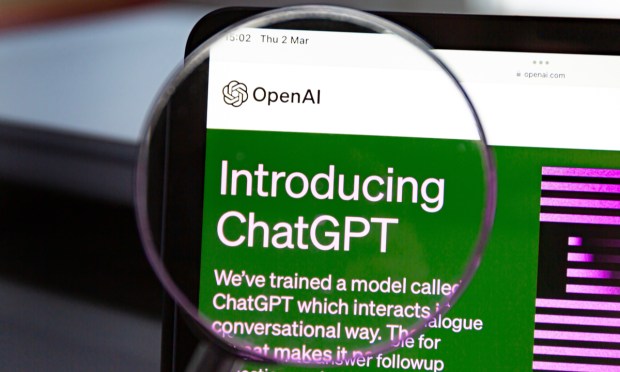Educators Rethink ChatGPT’s Place in the Classroom

When ChatGPT blossomed in popularity last year, school administrators got worried.
Among their concerns was that the generative artificial intelligence (AI) technology would expose students to misinformation and tempt them into cheating, The New York Times reported Thursday (Aug. 24). But now, some school districts are rethinking their stances.
“Children who have devices and unfiltered, unfettered connectivity at home are already benefiting from access to these tools,” Alberto M. Carvalho, the superintendent of the Los Angeles Unified School District, told the newspaper. “Students who depend on district devices and connectivity are restricted.”
He said the LA schools were working on a more open ChatGPT policy. That follows a move in May by schools in New York to unblock the technology after initially banning it.
And while blocks remain in places like Milwaukee, other districts are using tools like ChatGPT as lesson-planning aids, as well as a way for pupils to learn how bots can generate misinformation and recreate human biases, the report said.
Speaking to PYMNTS in July, Columbia Business School professor Dan Wang said that while educators had little time to prepare for the swift rise of ChatGPT, encouraging his students to use the technology for their assignments has been more helpful than harmful.
“There was an opportunity, in many ways, to embrace this as a potentially beneficial use case in the classroom, while at the same time learning about its risks and limitations,” he said, adding that he still requires students to disclose its use when submitting an assignment.
To his surprise, the students’ response, despite their permission to use the tool, fell below his expectations.
“I expected every student to be curious enough to want to embrace these tools, but that didn’t actually materialize,” said Wang. “Throughout the semester, only about 40% of students ultimately adopted AI tools in their written assignments at least once.”
The lesson from that one semester, he said, is the need for a systemic change in how policymakers think about AI tools in the classroom.
His sentiments were echoed by Rohan Mehta of the MIT Technology Review earlier this year.
If educators were to engage with students and embrace the technology’s capabilities, as well as understand its limitations, they could work together in defining new academic standards that would allow generative AI to democratize and revitalize elementary education, that report said.

